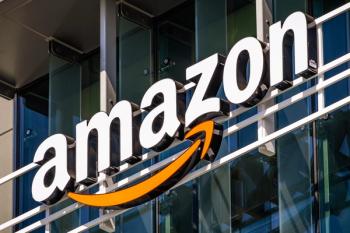
|Slideshows|December 14, 2016
- Nutritional Outlook Vol. 19 No. 10
- Volume 19
- Issue 10
Retailers Talk Challenges, Opportunities for Dietary Supplements in 2016
Author(s)Kimberly J. Decker
We asked health & wellness retailing experts what top challenges-and opportunities-they see facing the community today.
Advertisement
Articles in this issue
almost 9 years ago
Energy Drink Trends: Less Sugar, Clean Label, Natural, and Morealmost 9 years ago
Are Meat-Free Ingredients Good Enough to Win over Flexitarians?about 9 years ago
2016 Dietary Supplement Mergers & Acquisitions' Driving Forcesabout 9 years ago
New Ways to Repurpose Ingredient, Food Wasteabout 9 years ago
Nutritional Outlook's 2016 Best of the Industry Award Winnersabout 9 years ago
5 Ways to Make a Superfruit SuccessfulNewsletter
From ingredient science to consumer trends, get the intel you need to stay competitive in the nutrition space—subscribe now to Nutritional Outlook.
Advertisement
Advertisement
Advertisement
Trending on Nutritional Outlook - Supplement, Food & Beverage Manufacturing Trends
1
Artemis International: 30 Years of Science-Backed Berry and Botanical Innovation
2
Certifications, Clinical Trials, and Consumer Trust: How SGS NutriSource Serves the Industry
3
New LOAM prebiotic fiber formula includes NutriLeads’ Benicaros ingredient
4
A Leader for the Times: NOW Health Group's Jim Emme on Thoughtful Leadership
5





